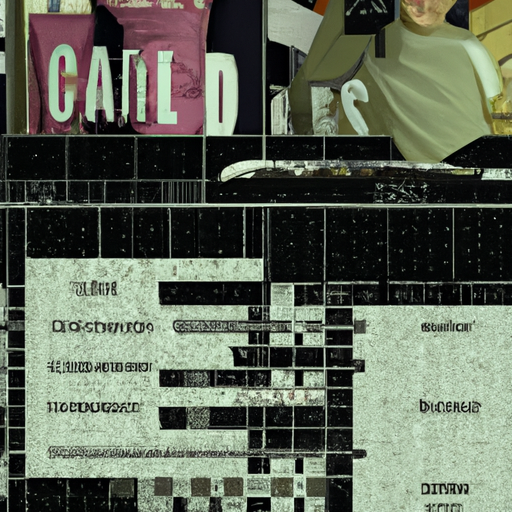
Stay Warm and Limber with Dance Warm-Ups
Share
We understand that dancing is an art form that requires rigorous practice and training. It is essential to take good care of your body before and after dance practice or performances, preventing injuries and muscle strains. To ensure that dancers stay healthy and injury-free, we recommend incorporating dance warm-ups into your routine.
FAQ 1: What Are Dance Warm-Ups, and Why Are They Important?
Dance warm-ups are a series of exercises that prepare the body for dancing. They help increase blood flow and muscle flexibility, which prevents injuries and muscle strains. Warm-ups also help improve coordination, balance, and agility, which are essential in dance.
FAQ 2: How Should I Start a Dance Warm-Up?
To start a dance warm-up, begin with light cardio exercises like jogging, jumping jacks, or skipping for five to ten minutes. After, move on to stretching exercises that target different body parts, such as the neck, shoulders, arms, back, hips, legs, and ankles. Make sure to do each stretch slowly and gently, holding each stretch for at least fifteen seconds.
FAQ 3: What Warm-Up Exercises Are Specifically for Dancers?
Dancers can incorporate specific warm-up exercises into their routine that target the muscles used in dance. These exercises include pliés, tendus, rond de jambes, relevés, and port de bras. It is essential to increase intensity gradually and not push too hard, as overstretching can cause injuries.
FAQ 4: Can I Warm-Up Without a Dance Instructor?
Yes, you can warm-up without a dance instructor. It is best to start with a simple routine and gradually increase intensity. Warm-ups can be customized to an individual's specific needs, and it's essential to listen to what your body is telling you. If you feel pain or discomfort, stop the exercise immediately.
FAQ 5: Should I Do a Cool-Down Routine After Practice or Performance?
Yes, a cool-down routine after practice or performance is just as essential as warming up. It allows the body to gradually return to its resting state, preventing stiffness and soreness. The cool-down routine can be similar to the warm-up routine, focusing on stretching exercises that target different parts of the body.
In conclusion, warming up before dance practice or performance and doing a cool-down routine after is crucial for preventing injuries and muscle strains. Incorporating dance-specific warm-up exercises and gradually increasing intensity will help dancers maintain their health and stay injury-free. Remember to customize your warm-up routine to your specific needs and listen to what your body is telling you.
Related Posts
-

Digital Marketing Strategies for Dance Business Success
You're about to unleash the full potential of your dance business by leveraging digital marketing strategies that wil...
-

Must-Have Packing Cubes for Stress-Free Travel
Packing cubes are must-haves for your stress-free travel. They turn chaotic suitcases into neatly organized compartme...
-

Groove in Your Kitchen With Digital Download
With a digital download, you can instantly transform your kitchen into a vibrant space that reflects your personal st...


